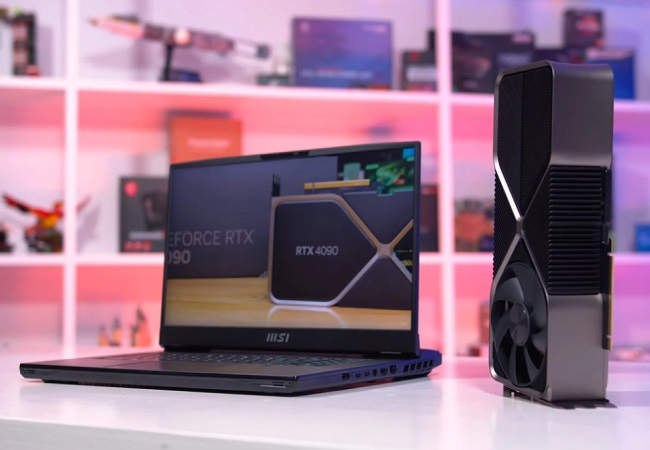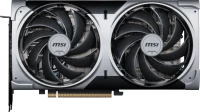MSI Radeon RX 5500 XT GAMING X 8G
 |
MSI Radeon RX 5500 XT GAMING X 8G | ||||||||||||||||||||||||||||||||||||||||||||||||||||||||||||||||||||||||||||||||||
|
| |||||||||||||||||||||||||||||||||||||||||||||||||||||||||||||||||||||||||||||||||
Affordable mid-range gaming graphics card powered by AMD Navi 14 GPU with progressive RDNA architecture. It has moderate overall dimensions and relatively low power consumption. Can be easily installed in typical ATX standard cases. Thanks to a set of digital interface ports (three DisplayPort 1.4, one HDMI 2.0b), it is able to work with any modern output devices, including monitor models with native 4K/8K resolution and modern LCD/QLED/OLED TVs.
The MSI Radeon RX 5500 XT GAMING X 8G graphics card is positioned as a mid-range product for the 2019 model year. In terms of gaming performance, it is confidently ahead of the popular Radeon RX 580, GeForce GTX 1060, GeForce GTX 1650 Super cards. Able to compete with the Nvidia GeForce GTX 1660, and sometimes the GTX 1660 Super. It is aimed at economical gamers who expect to get a comfortable frame rate at a resolution of 1920x1080 at high or maximum graphics quality settings. Under such conditions, the performance of this model is quite enough for all popular game projects of the AAA level in 2015-2020. The card is equipped with a quiet and efficient proprietary MSI Twin FrozR 7 cooling system with four nickel-plated heat pipes and two optimized Torx Fan 3.0 fans. There is a controlled backlight with MSI Mystic Light Sync technology.
Always clarify the specifications and configuration of the product with the online store manager before purchasing.
Catalog MSI 2025 - new arrivals, bestsellers, and the most relevant models MSI.


1 0 3 0 |
Another example of utilizing the maximum of proprietary developments in a budget product. From an engineering perspective, the card is quite decent. It features 6 power phases for the GPU with 70+ amp MOSFETs, which is ridiculously high for Navi 14. The cooler, naturally, isn't from the 5700 XT, but it's quite decent: 4 heat pipes, memory and VRM cooling through the main heatsink, with impressive dimensions. The backplate, by the way, also participates in cooling by dissipating heat from the board in the VRM and memory chip areas. The power consumption limit is set at 130 watts. The GPU frequency in standard mode is about 1860 MHz. In standard operation, the fans do not spin above 1200 RPM during stress tests, holding around 1000 in games. Since the fans are low-profile, they do not generate much noise. Noise increases with overclocking when voltage is raised, but it's not overwhelming. MPT works as it should, removing all standard limits. However, the chip overclocking wasn't very fortunate: it's stable only at a flat 2 GHz, while Navi 14 has been made to run at 2070-2080 MHz. Memory runs at 2046 MHz. As a result, performance is equal to or better than the top versions of GTX 1660 without their overclocking. Price tag, the eternal issue of all expensive versions of budget cards. It's a lot on its own, and with the same cost as the GTX 1660, there aren't tons of arguments "for". The fans are on sleeve bearings, which questions their longevity. The card takes up more than 2 slots in width. This could be a problem if you have an mATX and need to install another expansion card. However, not everyone needs this, so it's not an outright disadvantage. |
On its price tag drags very badly. Acceptable dimensions, price parity power. The fans hum like a vacuum cleaner in the run and the vibration is decent. I don’t recommend driving it manually, it goes into defense and reboots. |
Yeah, but I took it in September 20th at 7200, where are we heading?! Enough power. The price is just crazy for her |







































https://www.youtube.com/watch?v=JZ3ReAzcJXchttps://www.youtube.com/watch?v=LtOrRHl2n6k